SoHo has a rich history, and thanks to strong preservationist activism many buildings have remained visually unchanged for over 150 years. However, the land uses and the lives of the people have changed dramatically. In 1980, SoHo was in the midst of changes. Artists had established residences and galleries, and their presence helped shape a thriving and politically engaged community. These changes were starting to attract more boutiques and higher income residents. However, even as these forces changed aspects of the area, the neighborhood still featured vestiges of its recent industrial past. Thanks to the New York Municipal Archives 1980s street photos and microfiche copies of the publication SoHo Weekly News at the New York Public Library, we can see the sights, social events, and priorities of another era.
Today, SoHo’s streets are packed with shoppers looking for summer’s latest trends. In the 1980s, SoHo was not yet established as a shopping destination. Street view photos from the 1980s show fewer pedestrians and more cars. SoHo’s formerly industrial nature is much more evident as well.
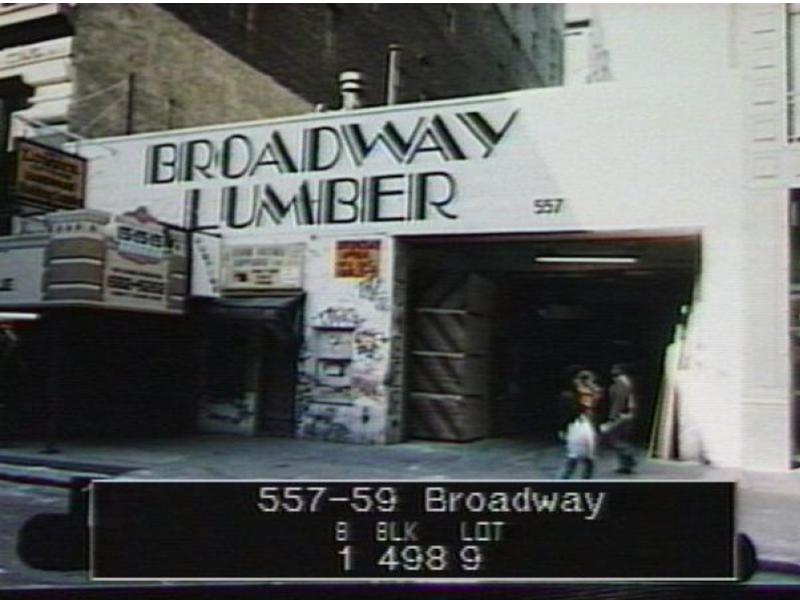

In the 1980s, the lot where the Scholastic Building now is was a lumber business. Now, the first floor houses a Sephora.
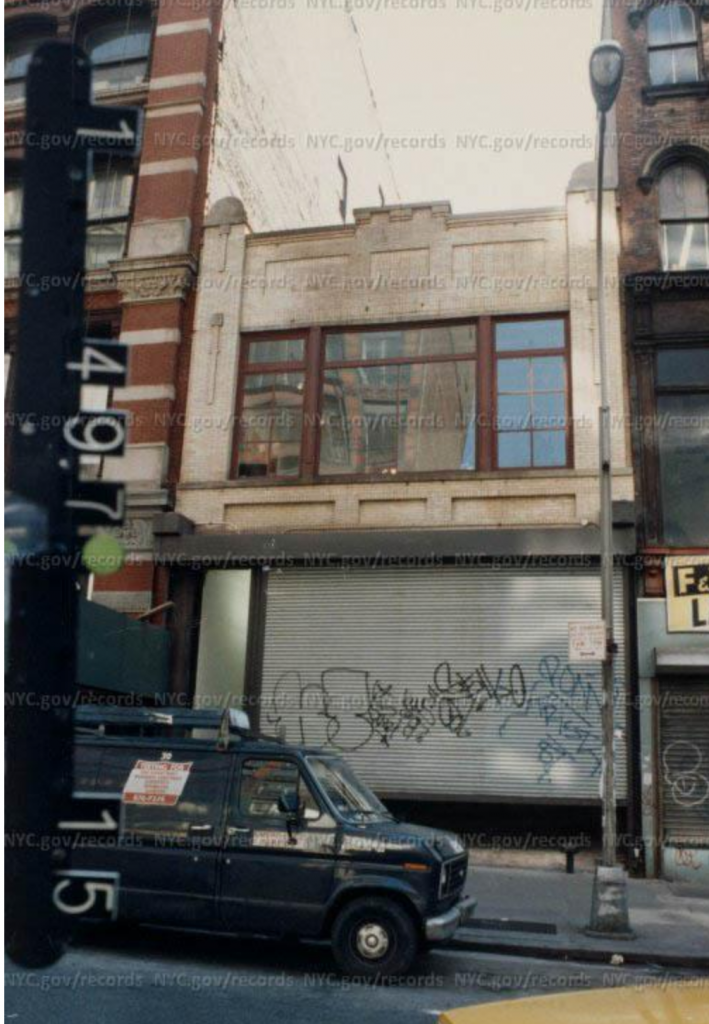
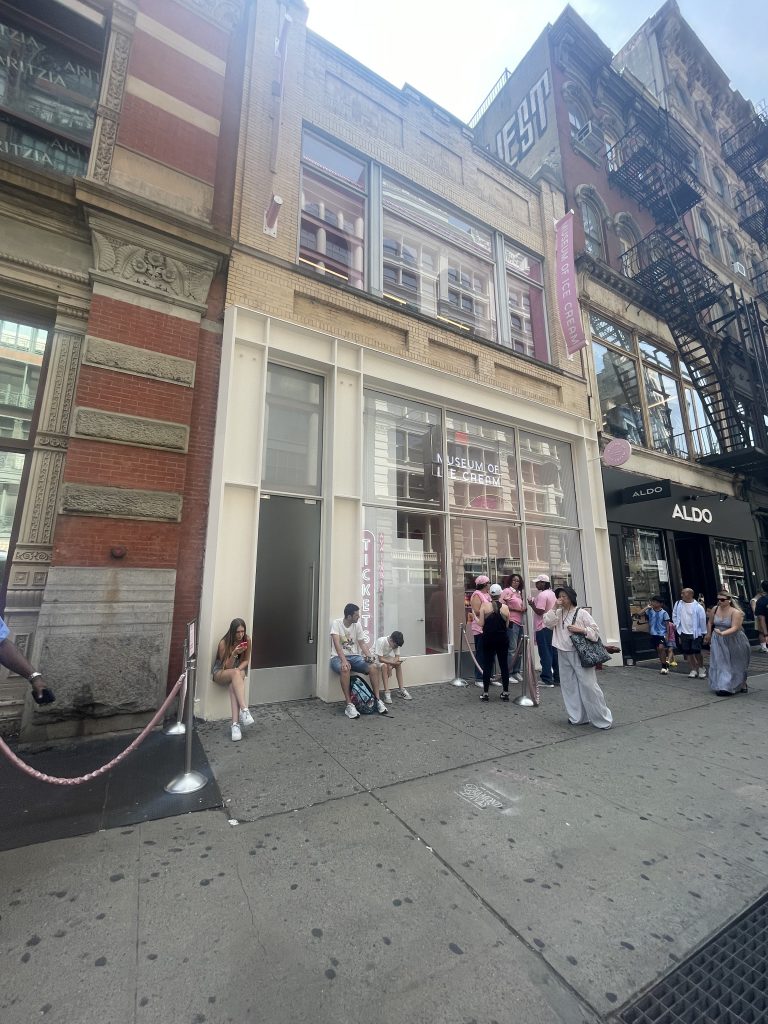
558 Broadway is now home to the Museum of Ice Cream.
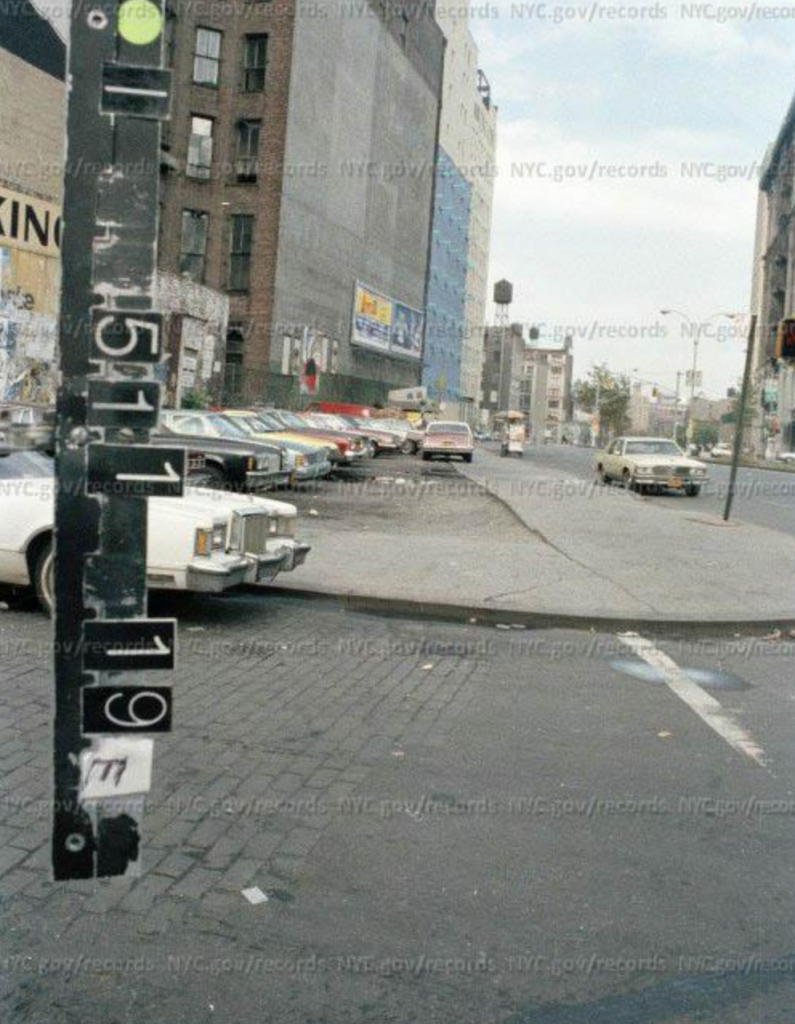

The block facing Houston between Broadway and Crosby once had an informal parking lot, but now has a recently-constructed office building. In the background of both photos, you can see the blue from Forrest Myer’s installation The Wall.
The SoHo Weekly News often featured articles reflecting the politically engaged neighborhood. The summer of 1980 was no different, and the political climate was heating up with the Democratic Convention coming to town in early August.
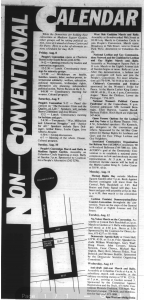
During the week of August 8-14, 1980, President Jimmy Carter and other Democratic party leaders were coming to Madison Square Garden for the Democratic Convention. The August issue features multiple protests expressing displeasure with Carter and the democratic establishment. Among these was the People’s Convention, which advocated for tenants, international solidarity, labor, gay and lesbian rights, women’s rights, alternative city planning, and other issues.
The People’s Convention and other organizations, including multiple organizations for gay, lesbian, and women’s rights, anti-war and anti-nuclear coalitions, coordinated marches on Madison Square Garden to communicate their political agendas. The Non-Conventional Calendar makes it clear that SoHo community was deeply engaged in radical politics during this period.
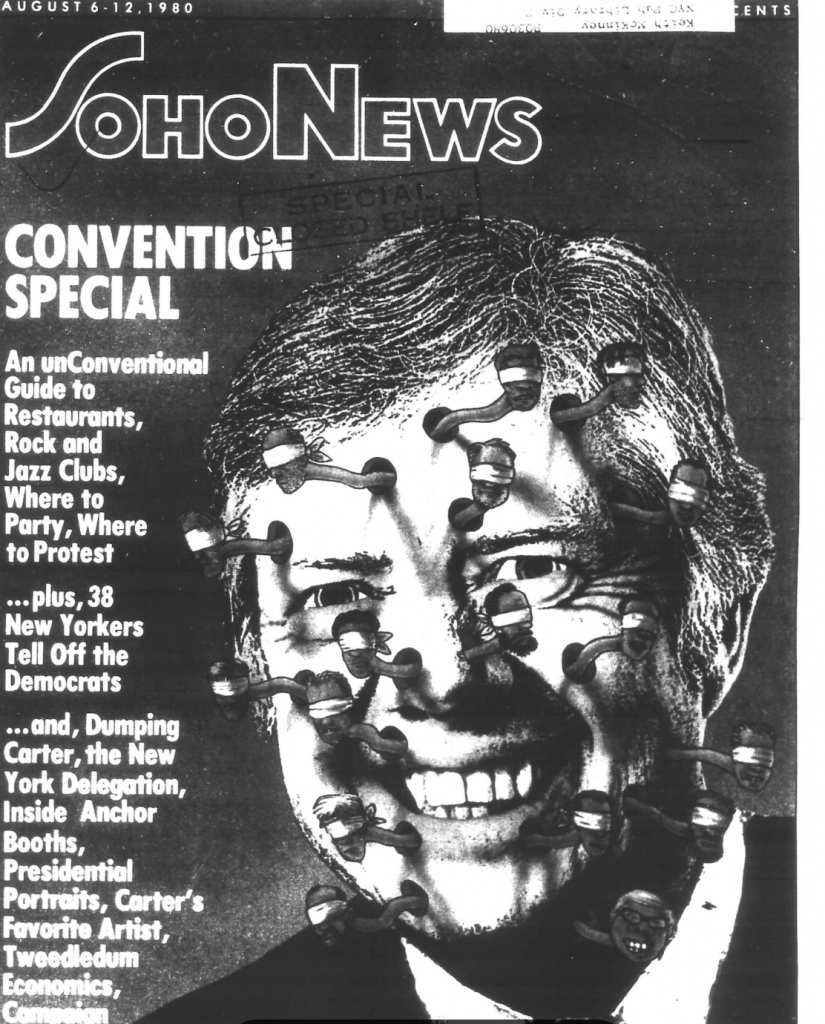
The cover of an early August edition of SoHo News features a satirical drawing of President Carter
The SoHo News heavily featured the thriving arts scene. Interviews with directors, choreographers, and artists were common, as well as pieces on local artists. Below, see some of the events and societal issues included in the summer editions of the SoHo News in 1980.
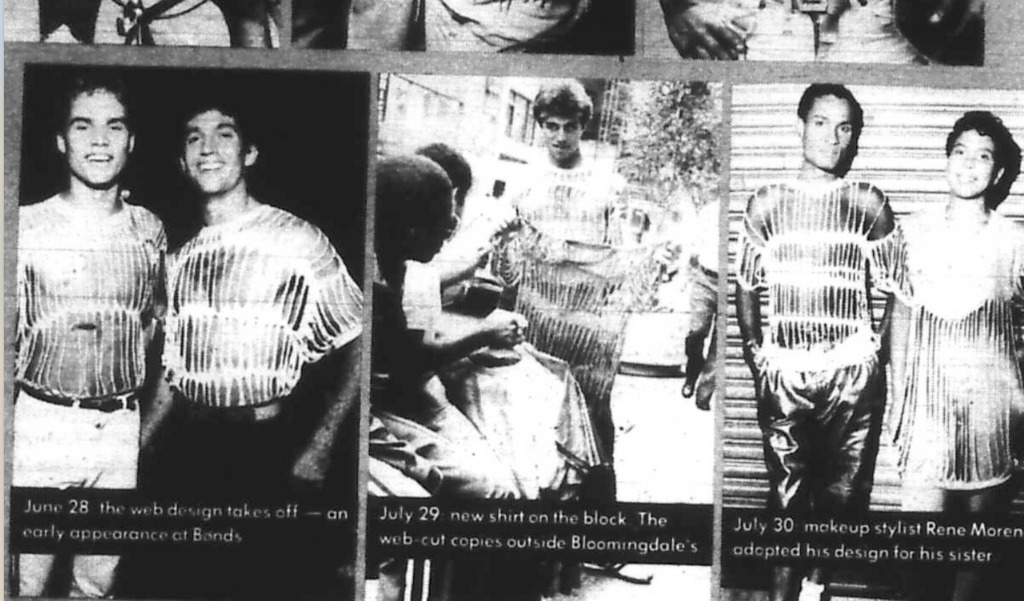
An article documents the trend of cutting intricate patterns into t-shirts, an example of the DIY culture at the time.
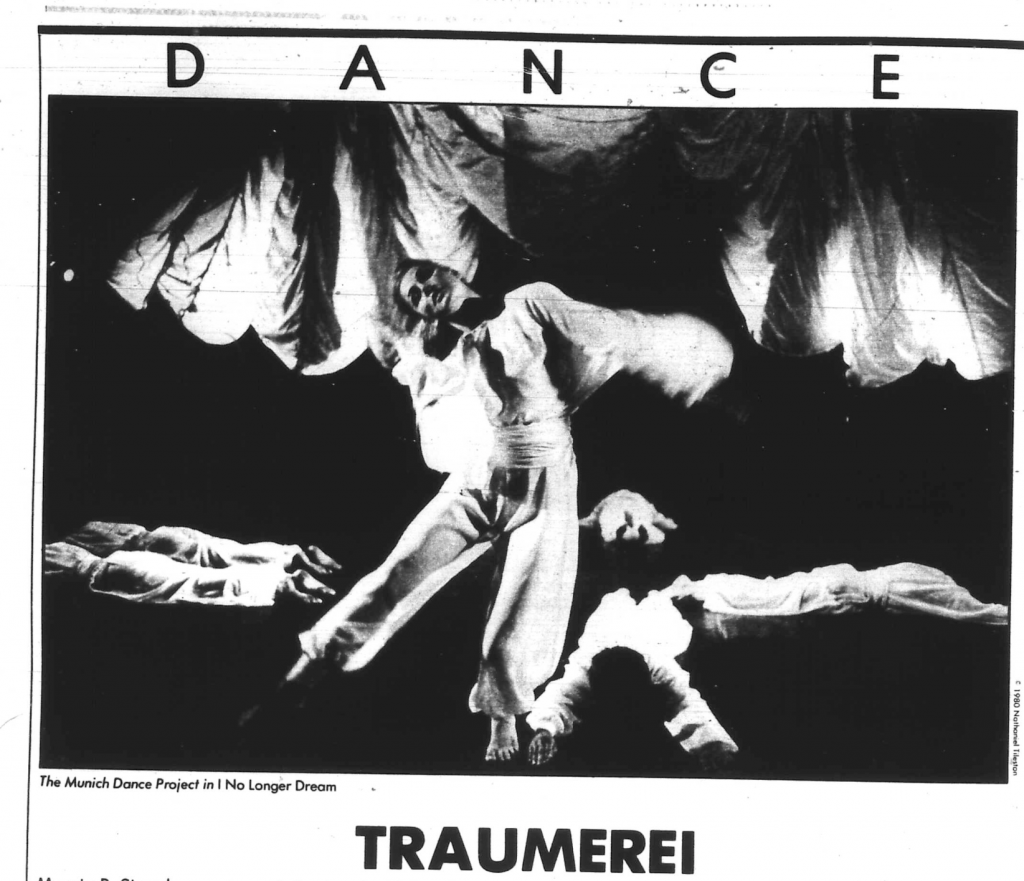
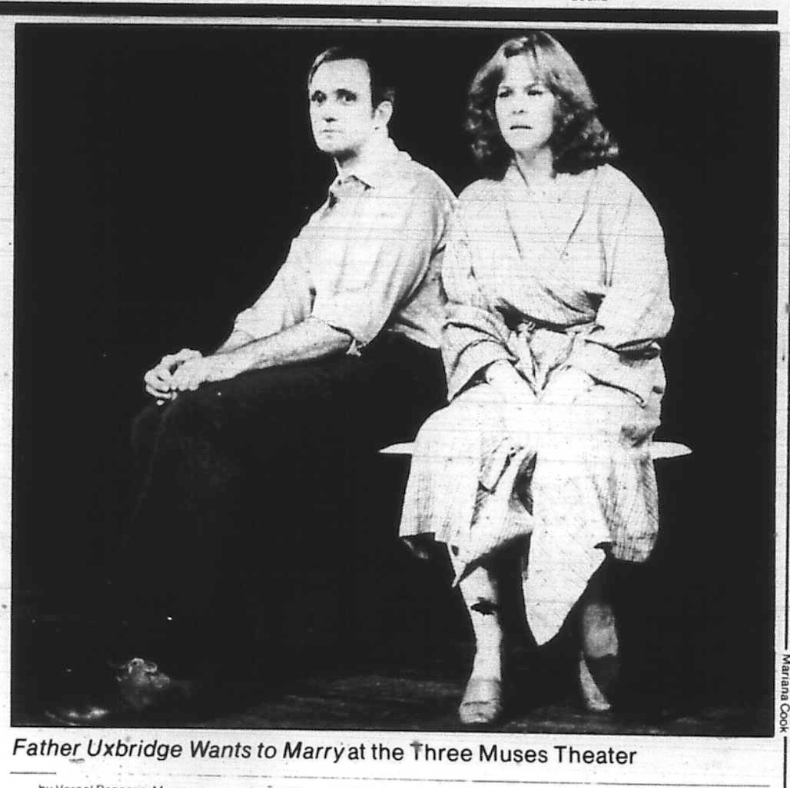
SoHo News often included reviews of performances like the Munich Dance Project (left) and features for productions like Father Uxbridge Wants to Marry (right)
We hope you’ve enjoyed this blast from the past. Throughout its many permutations, SoHo has remained a cultural hotspot and a site where people gather. If you want to learn more about the resources used to create this article, you can explore the streets of the 1980s using 80s.nyc or by checking out the SoHo Weekly microfiche at the New York Public Library’s main branch!